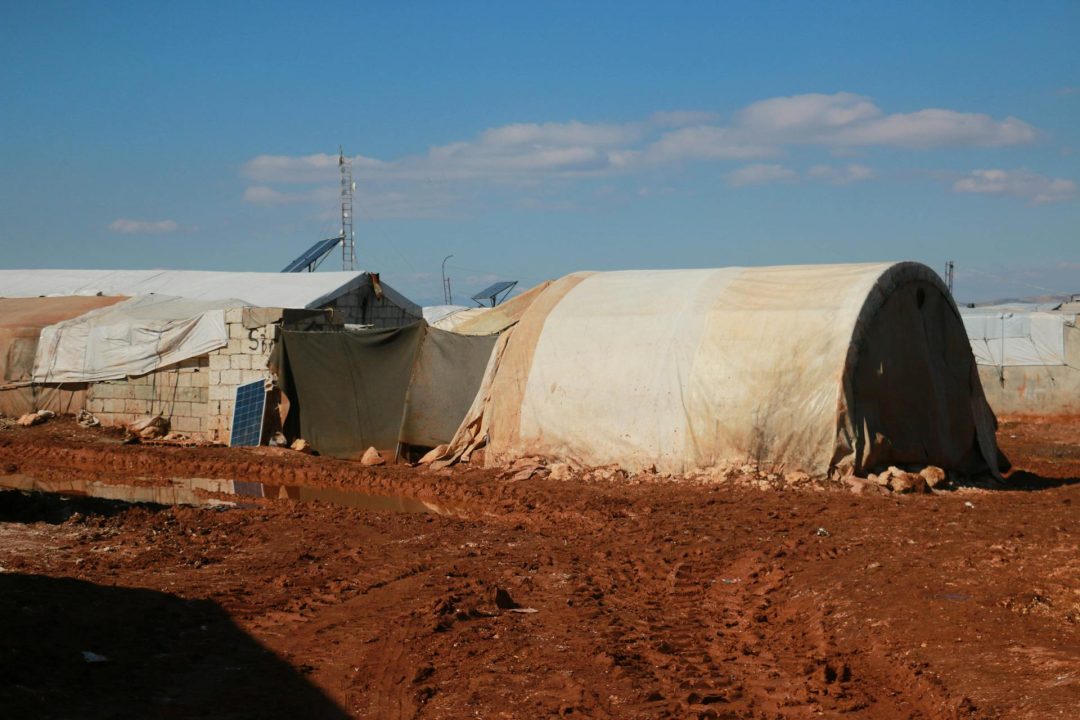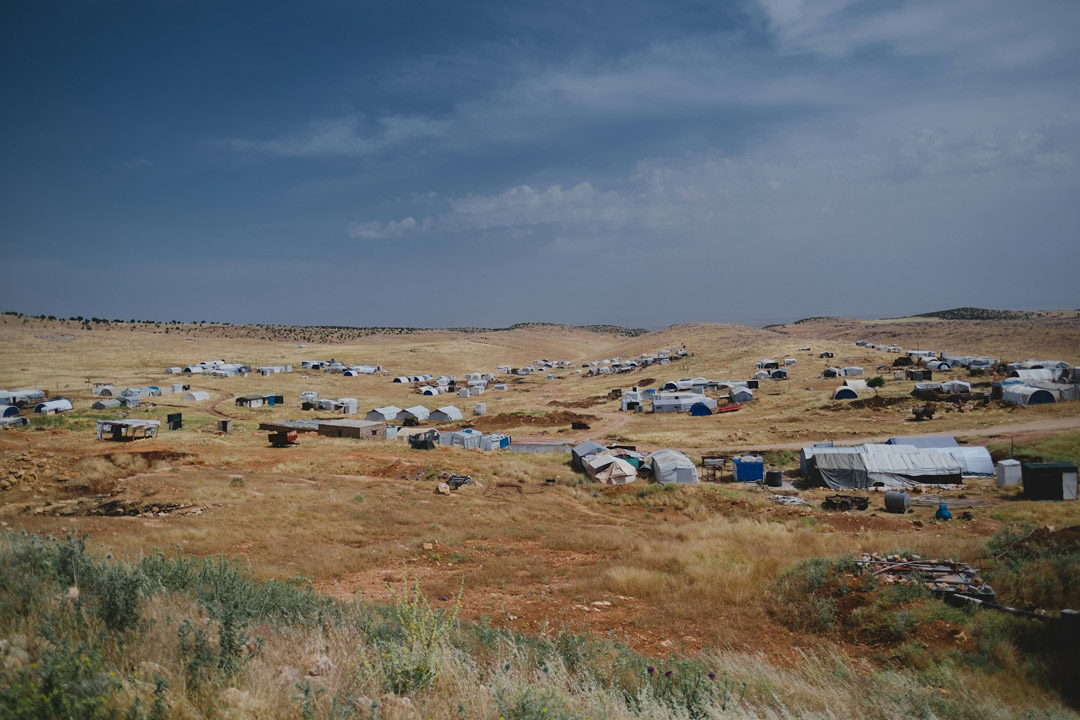RAISD: Reshaping attention and inclusion strategies for distinctively vulnerable people among the forcibly displaced
Protection

Funding
Horizon Europe
Geographic focus
Spain, Italy, Finland, Hungary, Turkey, Jordan, Lebanon
Dates
2 January 2019 –
30 June 2022
About
Devising tailored attention and inclusion strategies (TAISs) for vulnerable groups among forcibly displaced people.
Project Outcomes
- The term ‘vulnerability’ refers to a situation determined by both contextual conditions and individual features. Vulnerability not only indicates exposure to potential harms but also one’s reduced capacity to cope with harms.
- Vulnerability is a universal human condition, but people experienced it differently depending on contextual and situational factors. Legal instruments and public discourse addressing this topic should take these factors into account.
- Insufficient knowledge about vulnerability in contexts of forced displacement leads to poor protection. Even when vulnerable people among those forcibly displaced are promptly identified and there is a formal commitment to safeguarding their fundamental rights, resources are often insufficient to ensure that they are not socially excluded.
- TAISs can support the inclusion of vulnerable people in forced displacement thanks to the active participation of all stakeholders, from forcibly displaced people to service providers and policymakers, from the design phase through to implementation and evaluation.
Highlighted Publications and Tools
- Policy Brief – reshaping attention and inclusion strategies for distinctively vulnerable groups among the forcibly displaced
- Software Tools – Collaborative Research and Innovation Online Software (CRIOS) platform
- Documentary film ‘Mirages’
Coordinator
José García Santesmases, Professor, Universidad Complutense De Madrid
Partners
- UCM | Universidad Complutense De Madrid, Spain
- CESIE, Italy
- UNIMED | Unione delle Università del Mediterraneo, Italy
- Helsingin Yliopisto, Finland
- Menedek | Migransokat Segito Egyesulet, Hungary
- Anadolu University, Turkey
- Yarmouk University, Jordan
- Lebanese International University, Lebanon
Contacts
Related projects
Want your research to be featured in our database?
We add research projects with significant funding, stakeholder engagement, and impactful results.









